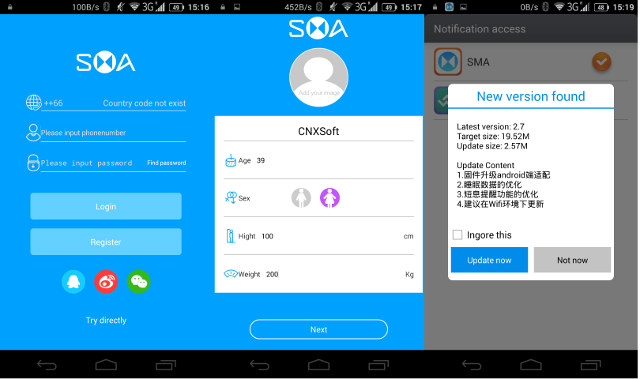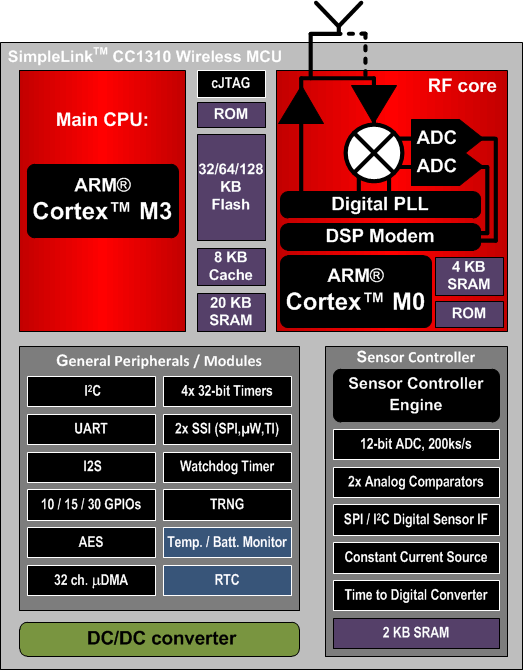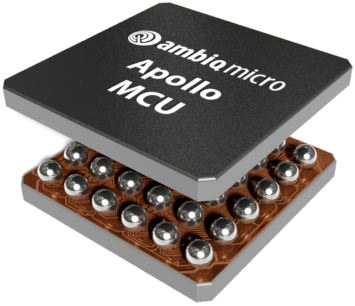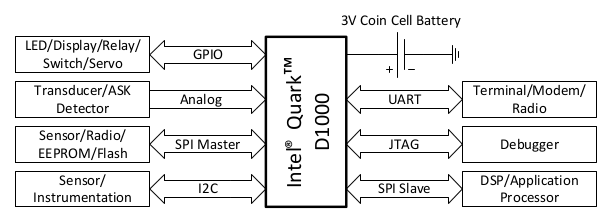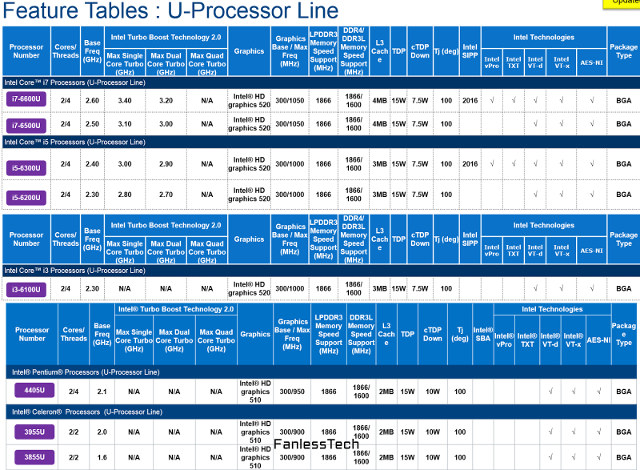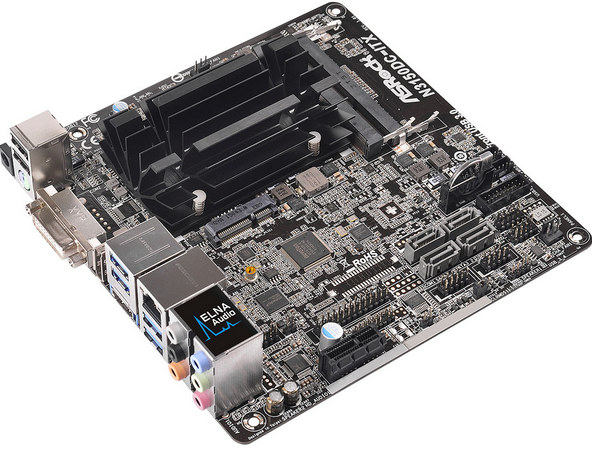I had great hopes for SMA-Q smartwatch, as it features an always on color e-Paper display, a built-in heart rate monitor, and promised 30-day standby battery life, as well as being 30-meter water resistant. But last week, I found out that the latter did not mean waterproof, and instead the watch was rated IP65 that’s only good enough to wash hands and a little rain, but not showering let alone swimming. In the last week, I could play with the watch, and found some serious Bluetooth connectivity issues (with Iocean M6752 smartphone), and I was recommended to upgrade the firmware of SMA-Q watch, and after that my Bluetooth issue have somewhat improve, but everything pretty much went downhill, and the watch is now out of order, and shows no sign of life. So while I was expecting to write a full review, I’ll simply report with experience with the watch […]
TI SimpleLink CC1310 Wireless MCU Promises 20 Km Range, 20-Year Battery Life on a Coin Cell
Some LPWAN standards such as SigFox, LoRa, or nWave allows for transmission of data at low bitrate over several kilometers, and I’ve very recently featured Microchip’s LoRa modules and motes in this blog. So when Texas Instruments sent their December 2015 newsletter entitled Wireless MCU spans 20 km on a coin cell, I decided to have a look, and the company’s CC1310 wireless Cortex-M3+M0 MCU based on a proprietary sub GHz technology also claims to last 20-year on a coin cell for applications such as grid communication infrastructure and heat and water meters. SimpleLink CC1310 key features: Microcontroller – ARM Cortex-M3 @ up to 48 MHz with up to 128KB programmable flash, 8KB DRAM for cache/general purpose, 20KB Ultralow Leakage SRAM Sensor Controller – Ultralow power and autonomous; 16-Bit Architecture; 2KB of Ultralow Leakage SRAM for code and data RF core Cortex M0 core with 4KB RAM, and ROM Data […]
Ambiq Micro Apollo Low Power MCUs Promise Cortex M4F Performance at Cortex M0+ Energy Efficiency
Ambiq Micro is a US company founded in 2010 that focuses on “extremely low power” semiconductors leveraging their patented Subthreshold Power Optimized Technology (SPOT) platform. Earlier this year, they announced their first low power Cortex-M4F MCU Apollo family with claims of 5 to 10 times lower power consumption compared to other micro-controllers with the same performance. According to an EETimes article, they’ve at least partially backed their claims with a live demonstration at ARM TechCon 2015. Before checking out the test results, let’s have a look at the main features of Apollo MCU family: 32-bit ARM Cortex-M4F processor @ up to 24 MHz, with FPU, and wake-up interrupt controller with 12 interrupts Up to 512KB flash, 64-KB low-leakage RAM “Rich set of timing peripherals” Peripherals I2C/SPI master; I2C/SPI; UART; 10-bit, 13-channel, 1MS/s ADC Temperature sensor with ±2°C accuracy Voltage Range – 1.8 to 3.8V Power Consumption: active mode: 30µA/MHz (executing […]
Intel Unveils Three New Micro-controllers for IoT: Quark D1000, Quark D2000, and Quark SE
Intel’s subsidiary, Wind River, has recently announced two operating systems for the Internet of things with Rocket RTOS and Pulsar Linux supported respectively by Quark MCUs, and Intel Atom processors, as well as some ARM SoCs. But it’s not the only “IoT” announcement made by Intel in the last week, as I found out via EETimes that the company also unveiled three new Quark SoCs, namely Quark D1000, and Quark D2000, and Quark SE. Intel Quark D1000 Contrary to previous Quark processor and the upcoming D2000 and SE processors, D1000 is not compatible with x86 instructions set, and features the following: 32-bit Harvard CISC CPU @ 33 MHz with single cycle barrel shifter, two cycle multiplier, multi-cycle divider, integrated 32-bit timer, programmable interrupt controller, and JTAG debugger. 128-bit wide 32 kB code flash and 8 kB ROM 32-bit wide 8 kB SRAM and 4 kB data flash Osciallators 20-33 MHz […]
ARM TechCon 2015 Schedule – IoT, Servers, 64-bit ARM, Power Usage Optimization, and More
The ARM Technology Conference (ARM TechCon) will take place on November 10 – 12, 2015, in Santa Clara Convention Center, and just like every year, there will be a free exposition for companies to showcase their latest innovation and/or products, as well as a technical conference with sessions and workshops sorted into various tracks: Automotive/Embedded Vision Embedded IoT Mobile/Connectivity Networking Infrastructure/Servers Tools & Implementation Wearables/Sensors ARM Training Day Sponsored Vendor Training Special Event General Event Software Developers Workshop You can find the complete schedule on ARM TechCon website. Although I won’t attend, I’ve created my own virtual schedule with some of the sessions I found interesting. Tuesday – November 10 8:30 – 9:20 – ARM Vision for Thermal Management and Energy Aware Scheduling on Linux by Ian Rickards (ARM), Charles Garcia-Tobin (ARM), Bobby Batacharia (ARM) This talk will cover the history and where are we going, for ARM’s Power Software (IPA, […]
Intel Skylake-U Processors Run as Low as 7.5W TDP. A Closer Look at Configurable TDP
I try to mostly cover low power systems on this blog, so when it comes to x86 processors I have a cut off TDP of 10 Watts. The next generation of Intel Skylake processors have a TDP of 15 Watts, but when I read Skylake-U lineup post on FanlessTech, I discovered Intel processors also have a configurable TDP option, and in the case of Skylake-U processor their configurable TDP (cTDP) can be as low as 7.5W or 10W depending on models. U-Processor family has Pentium and Celeron processors, but also Core i3, Core i5 and even Core i7 processors such as i7-6600U and i7-6500U clocked up to 3.4 GHz and all with a 15W TDP, but you’ll also notice a column called “cTDP Down” showing 7.5W and 10W values, which shows the great progress made by Intel with regards to low power design. So I decided to look into configurable […]
ASRock N3150DC-ITX Mini-ITX Motherboard is Powered by a DC Adapter
Last week, I wrote about low cost ASRock Braswell motherboards with pricing starting at just under $60. But there were mainly two complaints about these boards: performance was about the same as similarly priced Bay Trail processors, and the requirements for a large – and relatively expensive – ATX power supply. There’s not much that can be done to improve performance, but ASRock also has launched N3150DC-ITX motherboard powered by a 19V DC adapter. ASRock N3150DC-ITX motherboard specifications: SoC – Intel Celeron N3150 quad core processor @ up to 2.08 GHz with Intel HD Graphics Gen8 @ up to 640 MHz – 6W TDP System Memory – 2x 240-pin DDR3/DDR3L 1600/1066 for up to 16GB RAM Storage – 4 x SATA3 6.0 Gb/s Connectors, support NCQ, AHCI and Hot Plug Audio Codec – Realtek ALC892 Audio Codec, 7.1 CH HD Audio Expansion – 1x PCI Express 2.0 x1 Slot, 1x […]
Linaro 14.12 Release with Linux 3.18 and Android 5.0
Linaro usually releases images and source code on the last Thursday of the month, but since most people will have long holidays for Chritsmas and New Year, the last working Thrusday of this month was yesterday (18th). Linaro 14.12 release includes Linux kernel 3.18 (baseline), Linux 3.10.62 & 3.14.26 (LSK, same versions as last month), and Android 5.0.1 Lollipop. Here are the highlights of this release: Linux Linaro 3.18-2014.12 Based on v3.18 release GATOR topic: version 5.20 updated topic from Qualcomm LT (includes IFC6410 board support) updated integration-linaro-vexpress64 topic by ARM LT (FVP Base and Foundation models, and Juno support) updated LLVM topic (uses the community llvmlinux-latest branch) included ILP32 patch set v3 rebased on 3.18. Boot tested with aarch64 userland. Work is in progress to test with aarch64-ilp32 userland. config fragments updated – SELinux related config options enabled in linaro-base.conf, device tree runtime self tests enabled in distribution.conf Linaro […]


